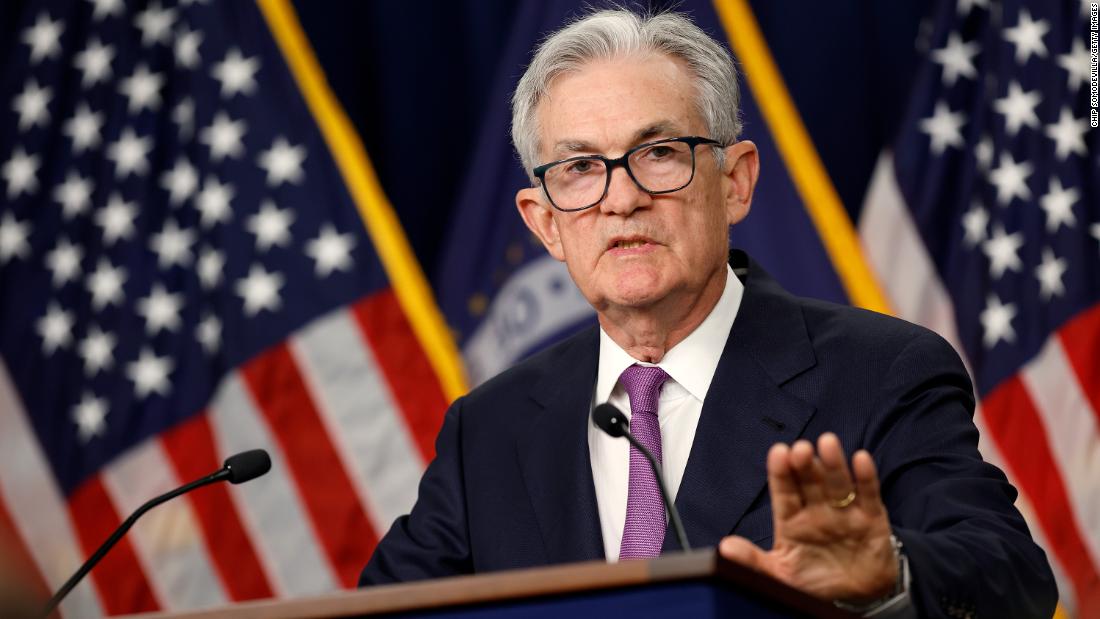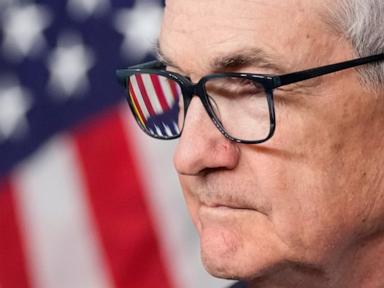With the economy showing stronger momentum and inflationary pressures running higher than anticipated, all eyes turn to Federal Reserve Chair Jerome Powell as he embarks on two days of testimony before Congress.
Markets are eagerly speculating on when the Fed will make its first move to cut its benchmark interest rate, currently at a 23-year high of approximately 5.4%. Such a reduction would likely trigger a cascade effect, eventually leading to lower interest rates for mortgages, auto loans, credit cards, and various business loans.
Many analysts and investors anticipate the initial rate cut to occur in June, though the possibility of May remains open. Fed officials have projected a total of three rate cuts throughout the year.
Powell’s semi-annual testimony to the House Financial Services Committee on Wednesday and the Senate Banking Committee on Thursday coincides with heightened efforts by the Biden administration to address public frustration with inflation, which erupted three years ago and has since kept average prices persistently higher. President Joe Biden’s reelection prospects are significantly influenced by voter perceptions of his management of inflation and the broader economic landscape.
The administration has launched initiatives to curb what it deems unjustified price hikes by major corporations. Biden recently criticized “shrinkflation,” a practice where companies reduce the size of products rather than raising prices. Additionally, he aims to limit “junk fees,” which effectively inflate consumer prices.
While overall inflation has moderated, registering at just 2.4% in January compared to the previous year, according to the Fed’s preferred index, down from the peak of 7.1% in 2022, recent economic indicators have complicated the outlook for rate cuts.

Fed Chair Powell (Credits: CNN)
Consumer prices saw a slight uptick in January, job growth has remained robust, and the economy continues to expand at a steady pace. These factors suggest that inflation could persistently exceed the Fed’s 2% target in the months ahead.
During their last meeting in January, Fed policymakers expressed a desire for “greater confidence” that inflation was on a sustainable path back to their target before considering rate cuts. Since then, several Fed officials have emphasized the importance of patience and careful consideration, particularly as long as the economy demonstrates resilience.
Christopher Waller, a key official on the Fed’s Board of Governors, emphasized the need for a methodical approach, stating, “What’s the rush?” Similarly, Vice Chair Philip Jefferson noted historical precedents where rate cuts typically followed signs of economic weakness, with exceptions such as the 1995 instance where rate cuts were prompted by inflation control.
Powell has articulated the Fed’s aspiration for another “soft landing,” a challenging feat that, if achieved, would likely earn widespread commendation for the central bank.
However, Powell may face tough inquiries from Congress members this week. Republicans are expected to caution against premature or excessive rate cuts, with likely Republican presidential nominee Donald Trump having already criticized Powell’s indications of potential rate cuts this year.
Conversely, Democrats may advocate for swift rate reductions. Senator Elizabeth Warren of Massachusetts urged Powell in a late January letter to lower the Fed’s key rate to alleviate mortgage costs, which have surged to nearly 7% for a 30-year mortgage, more than double their pandemic-era low.
Some Fed officials have expressed concerns that rate cuts could overstimulate growth, potentially reigniting inflation. Raphael Bostic, president of the Federal Reserve Bank of Atlanta, noted that many business leaders are poised to ramp up investment and hiring once rates are reduced, which could fuel demand and exert upward pressure on prices.
Bostic suggested he anticipated only two rate cuts this year and proposed a potential pause after the initial cut to assess its economic impact.
Powell might also face questioning regarding the Fed’s proposed banking regulations, which have elicited strong opposition from large banks and their trade associations. The proposed regulations aim to increase capital requirements for the largest banks to safeguard against defaults, a move introduced following the collapse of three major banks a year ago.
Banks argue that the regulations could force them to hold up to 25% more capital, limiting lending capacity and potentially raising borrowing costs. Some civil rights organizations have joined banks in criticizing the proposed rule, suggesting it could impede Black and Latino Americans’ access to mortgages.























